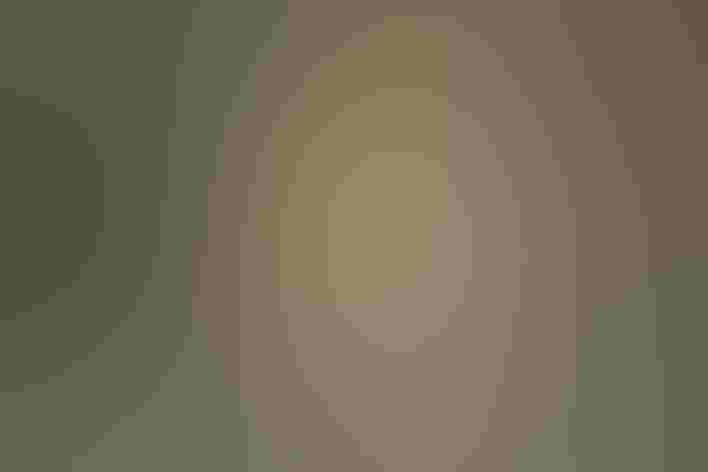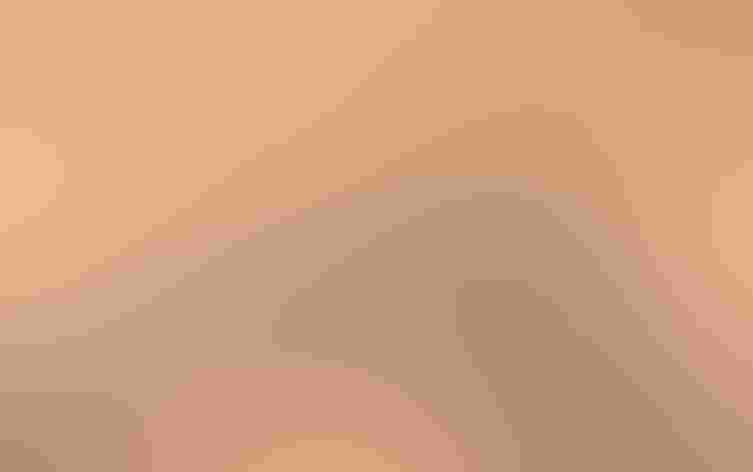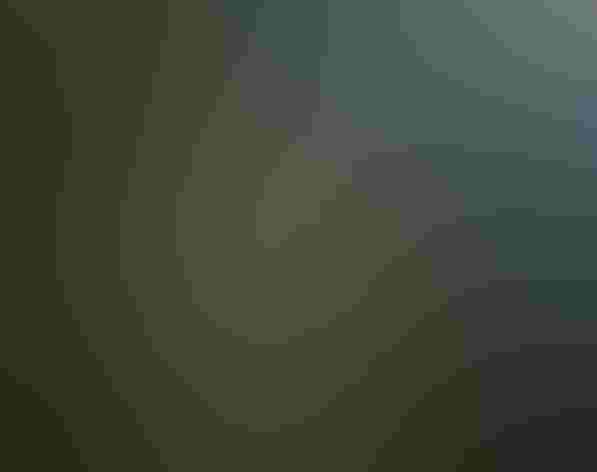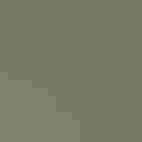Yellow-green Vireo
At a Glance
This bird enters our area mainly as a rare summer visitor to southern Texas. It is a close relative of the Red-eyed Vireo, and at one time the two were considered to belong to the same species. Yellow-green Vireos nest mostly in tropical areas, from Mexico to Panama, where the climate would seem to be suitable for songbirds all year; despite this, they are strongly migratory, traveling south to the Amazon Basin for the winter.
All bird guide text and rangemaps adapted from Lives of North American Birds by Kenn Kaufman© 1996, used by permission of Houghton Mifflin Harcourt Publishing Company. All rights reserved.
Category
Perching Birds, Vireos
IUCN Status
Least Concern
Habitat
Forests and Woodlands, Shrublands, Savannas, and Thickets
Region
California, Southwest, Texas
Behavior
Direct Flight, Flitter, Rapid Wingbeats
Population
2.000.000
Range & Identification
Migration & Range Maps
Strictly a summer resident in Mexico and Central America, arriving late in spring. A few from western Mexico apparently go the wrong direction in fall, as there are several fall records along the California coast.
Description
6-7" (15-18 cm). Like Red-eyed Vireo but brighter yellow-green on back, bright yellow on sides and undertail coverts; bill larger, head pattern less contrasty.
Size
About the size of a Robin, About the size of a Sparrow
Color
Gray, Green, Red, White, Yellow
Wing Shape
Rounded
Tail Shape
Notched, Square-tipped
Songs and Calls
A series of deliberate, musical phrases, more widely spaced than in song of Red-eyed Vireo.
Call Pattern
Flat, Undulating
Call Type
Buzz, Chirp/Chip, Whistle
Habitat
Resaca woodlands, shade trees. In Texas, a rare nesting bird, usually in native woods near oxbow lakes (resacas) or in shade trees in towns. In Mexico and Central America, breeds in many kinds of open woods, mature forest, second growth, edges of clearings. Winters in lowland tropical forest in South America.
Sign up for Audubon's newsletter to learn more about birds like the Yellow-green Vireo
Behavior
Eggs
Usually 3, sometimes 2. White, with specks of brown. Incubation is by female alone, 13-14 days.
Young
Both parents feed the nestlings. Young leave the nest 12-14 days after hatching, but can fly only poorly at this stage.
Feeding Behavior
Forages by searching for insects among the foliage, often hovering briefly to pick insects from the undersides of leaves.
Diet
Mostly insects and spiders, some berries. Feeds on a wide variety of insects, including tree crickets and various smooth caterpillars, also many others. Also eats many spiders. Diet includes berries and small fruits, including those of mistletoe, and some seeds, including those of the tropical shrub Clusia.
Nesting
Details of the breeding behavior have not been well studied. Males sing persistently in spring and summer to defend the nesting territory. Nest: Placed 5-40' above the ground in branch of tree or shrub. Nest (built by female alone) is a neatly built open cup, with its rim woven onto a horizontal forked twig. Nest is made of grass blades, plant fibers, cobwebs, strips of papery bark, the outside often heavily decorated with spiderwebs; lined with fine plant fibers.
Conservation
Conservation Status
Apparently always has been rare in Texas. In Mexico and Central America, widespread and common, but could be vulnerable to loss of habitat.







